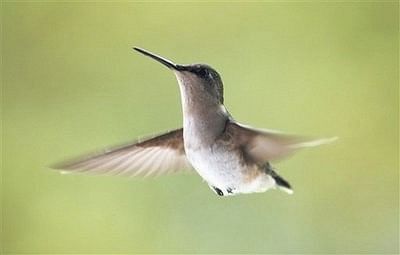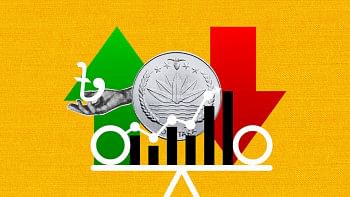<i>Secrets of bird flight</i>

In this photograph provided by the Journal of Science, a female hummingbird is seen in flight. Researchers have determined that when birds, bats or bugs make a turn, all they have to do is start flapping their wings normally again and they straighten right out, an easier process than expected.Photo: AFP
For millennia, people have watched the birds and bees and wondered: "How do they do that?" Thanks to high-speed film and some persistent scientists, at least one of the secrets of flight is now revealed. When birds, bats or bugs make a turn, all they have to do is start flapping their wings normally again and they straighten right out.
That came as a surprise to researchers who thought turning and stopping took more steps.
Lead researcher Tyson L. Hedrick of the University of North Carolina compared it to sitting at a desk chair and turning left. It's a three-step process, launch the turn by pushing with one foot, turn, then stop by pushing with the other.
It's a simpler, one-step process for flying animals, he explained in a telephone interview, launch a turn and then simply flap normally to end it and fly away.
The findings are reported in Friday's edition of the journal Science.
"We didn't expect things to fall out this neatly," he said, particularly since the process is the same for animals of all sizes from the fruit fly to the bat to the cockatoo.

 For all latest news, follow The Daily Star's Google News channel.
For all latest news, follow The Daily Star's Google News channel. 



Comments